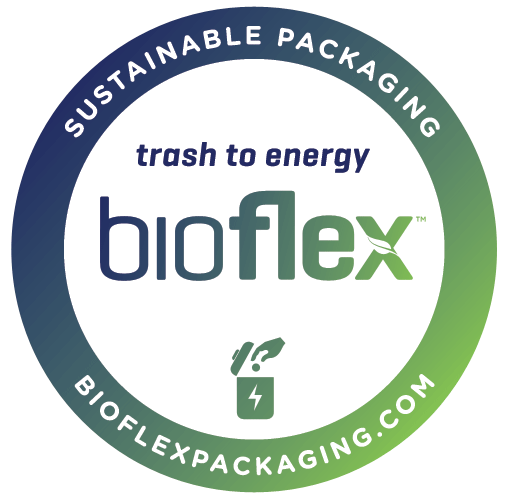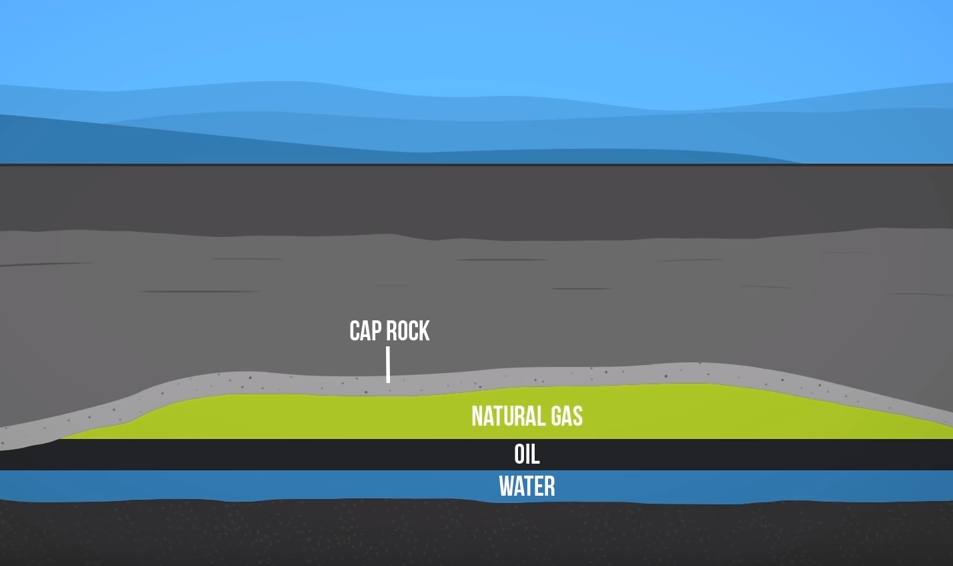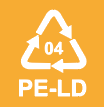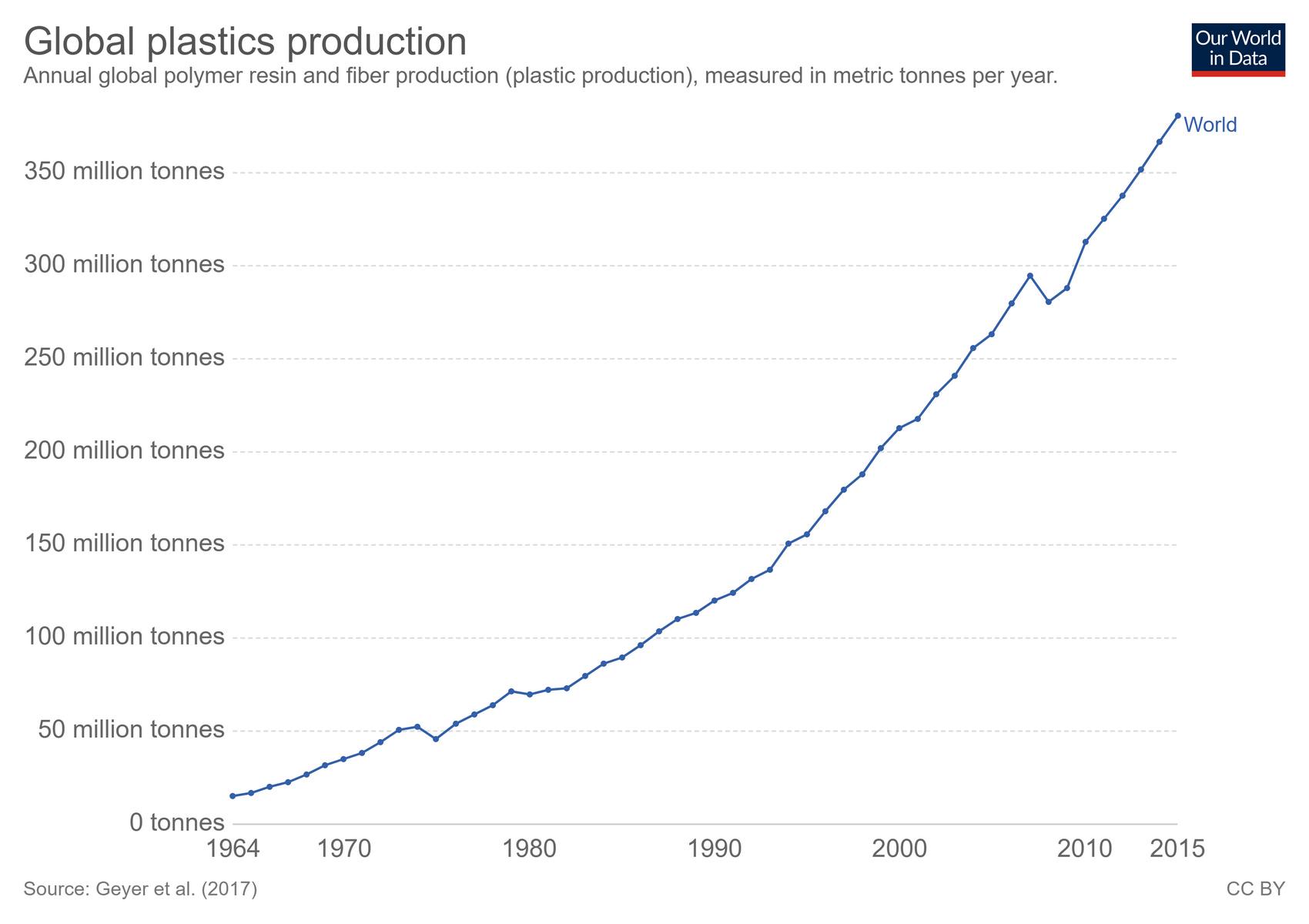The Journey to a Practical, Sustainable Solution
Over the past decade, a considerable amount of research and development has been done in the journey towards BioFlex™.
The journey towards a sustainable plastic solution began in 2008, with an additive that allowed plastic to degrade in the presence of oxygen.
Advantages of Oxo-Degradable plastic:
- They require minimal change to plastic processing
- Manufacturers can easily produce these materials
Disadvantages of Oxo-Degradable plastic:
- Oxo-Degradable solutions typically do not degrade if buried in the absence of light and oxygen
- Oxo-Degradable options may only break up into tiny plastic pieces (microplastics) rather than biodegrade
- Microplastics are extremely harmful to sensitive ecosystems like the ocean
As most plastic in North America ends its life in a landfill, these significant disadvantages don’t make oxo-degradable plastic a sustainable solution for flexible packaging.
By 2010, a new solution was entering the supply chain. Corn based plastics (PLA) were gaining popularity because under the right circumstances these plastics can biodegrade in industrial composting processes.
Advantages of Corn-Based plastic:
- Carbon is absorbed by the corn plant as it grows, neutralizing some of the carbon impact associated with the production of plastic
- Corn is a renewable resource
PLA has the potential to be a great solution for certain applications such a disposable beverage containers or cutlery. The reason is that these are likely to be mixed with organic material like food so they’re difficult to recycle, but easy to compost. Composters and the bio-based plastic industry are working together to ensure compostable plastics can meet their intended end-of-life.
Disadvantages of Corn-Based plastic:
- PLA is not as durable as conventional materials and melts at low temperatures
This factor greatly limits its use in flexible packaging applications.
In 2015, a new option was brought to the table – sugar-based polymers (PHA).
Sugar-based plastics are produced from a bacterial fermentation of sugar and fat and have the potential to biodegrade within an industrial compost facility.
Advantages of Sugar-Based plastic:
- Like PLA, sugar cane absorbs carbon as it grows, offsetting some of the carbon footprint associated with producing the plastic.
- Sugar-based plastics can be used in similar applications as corn-based plastics.
Disadvantages of Sugar-Based plastic:
- Sugar-based plastics are produced from sugar cane crops which require intensive amounts of water and energy
These biodiverse areas on the planet must be protected as their destruction has disproportionately large impact on global climate change.
Recycling can be a great end-of-life solution for single-use plastics:
- It diverts waste from the landfill
- New products can be created from recycled material
- It helps offset demand for new raw materials
The recycling industry is making great efforts to educate consumers on what can be recycled; however, it comes down to one principle:
- Plastics are recyclable when they are made from a single material. This includes soda bottles (made from PET), grocery bags (made from LDPE), and laundry detergent bottles (HDPE).
There are many challenges related to the recycling of flexible packaging, and most flexible packaging is non-recyclable. This includes items like potato chip bags, meat packaging, and coffee pouches because they are made of many layers of different types of plastics.
Disadvantages of Recyclable Barrier plastic:
- It’s currently extremely energy intensive to separate these materials, and therefore the packaging is landfilled
- It’s currently not always the best choice for every application because it may have lower performance leading to the spoilage of food, which has a significant negative environmental impact
- It requires substantial infrastructure and technological advancement to be viable, even in North America
As a result, we implement recyclable solutions when ever possible, but continue to look for a solution that could leverage today’s infrastructure and work for higher demand packaging applications- And the search for a more sustainable solution continued.

















